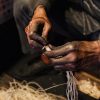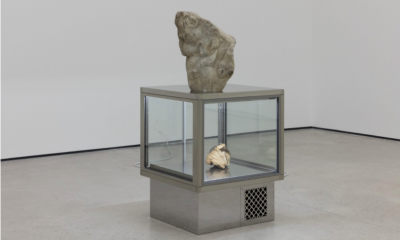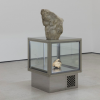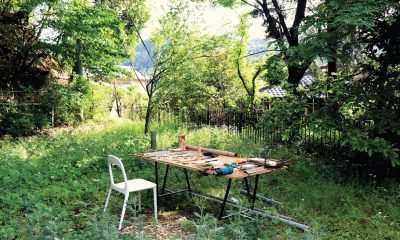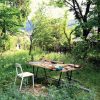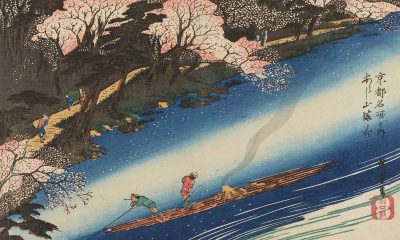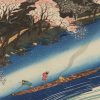Art
The 70th Annual Exhibition of Shoso-in Treasures
This year marks the 70th Exhibition of Shoso-in Treasures at the Nara National Museum. A selection of 56 treasures—mostly held by nobility and major Buddhist temples from around the Nara and Heian periods in the 8th Century—will be on display. Among the featured treasures will be items that have never been previously exhibited, as well as the “Octagonal box covered with tortoiseshell and decorated with mother-of-pearl inlay” (Taimai Raden Hakkaku no Hako).
The Shoso-in was a former repository of the Todaiji Temple and is now under the jurisdiction of the Imperial Household Agency. It is a listed UNESCO World Heritage Site and houses a collection of approximately 9,000 treasures, artworks, and other items including many that traversed the silk road to reach Nara. Also amid the collection are various items that belonged to Emperor Shomu (701–756) who commanded that the statue of the Daibutsu—Great Buddha Vairocana—be built.
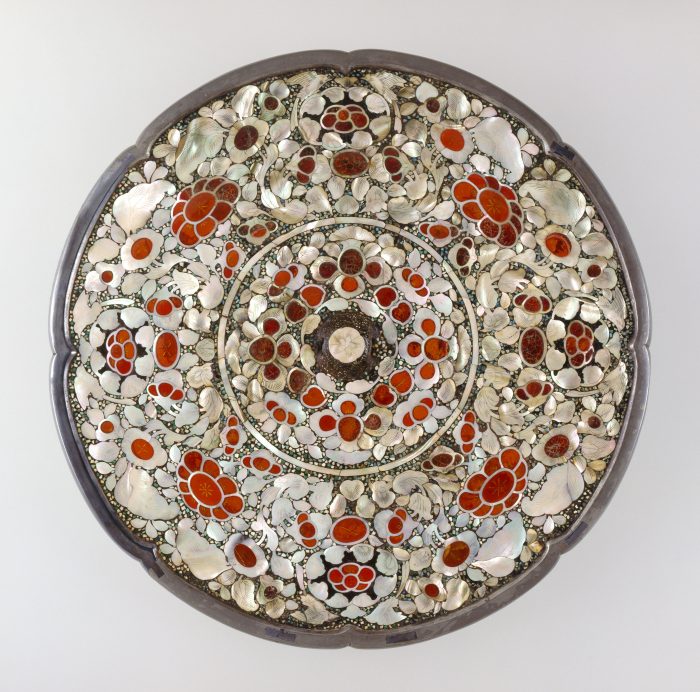
Eight-lobed bronze mirror decorated on the back with mother-of-pearl inlay
The first exhibition featuring objects of the Shoso-in was held in October 1946, in the year following the end of the second world war, with the objective of soothing and encouraging the citizens of Japan. It was held as a special exhibit showing the items of the Shoso-in that had been evacuated into the museum for protection during the war. Despite a lack of suitable transport to reach the venue, and at a time when even food was still scarce, over 150,000 people gathered from across the country in the 20 days that the items were on display. Ever since, the exhibit has continued to be held annually, with this year marking the 70th year, and the last of the Heisei Era.
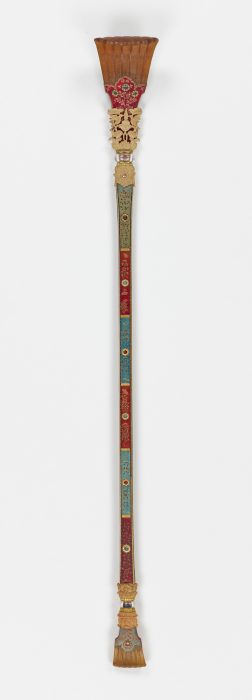
Nyoi of rhinoceros horn
The “Octagonal box covered with tortoiseshell and decorated with mother-of-pearl inlay” is, as its name suggests, covered with delicate engravings of flowers and birds and inlaid with mother-of-pearl, amber, and turquoise, and is believed to originate from the Tang dynasty.
Other treasures on display include the “Three knives in clustered sheaths”—a set of knives valued by the Emperor Shomu, a pair of embroidered women’s shoes that have allegedly been worn by the Empress Komyo (701–760), and the “Nyoi of rhinoceros horn,” a ceremonial object used by Buddhist monks decorated with quartz, gold, pearl and ivory. These are just a few of the many exhibited items that shed light on the rich and vibrant culture of the Tenpyo period (729–749).
-700x526.jpg)
Octagonal box covered with tortoiseshell and decorated with mother-of-pearl inlay
Schedule:
Oct 27 to Nov 12; Open daily from 9 a.m. to 6 p.m. (Open until 8 p.m. Fridays, Saturdays, Sundays, and national holidays. Last admission is 30 minutes before closing.)
Admission:
¥1,100 for adults, ¥700 for high school and university students, and ¥400 for elementary and junior high school students. Prices are reduced by ¥100 for advance tickets (on sale from Sep 12 until Oct 26) or for groups of 20 or more. “Autumn Late” discount tickets to visit the museum 90 minutes before closing can be purchased 2.5 hours before it closes. They are priced at ¥800, ¥500, and ¥200 respectively. An advance pair of tickets for an adult visiting with a child of elementary or junior high school age costs ¥1,100.


.jpg)



